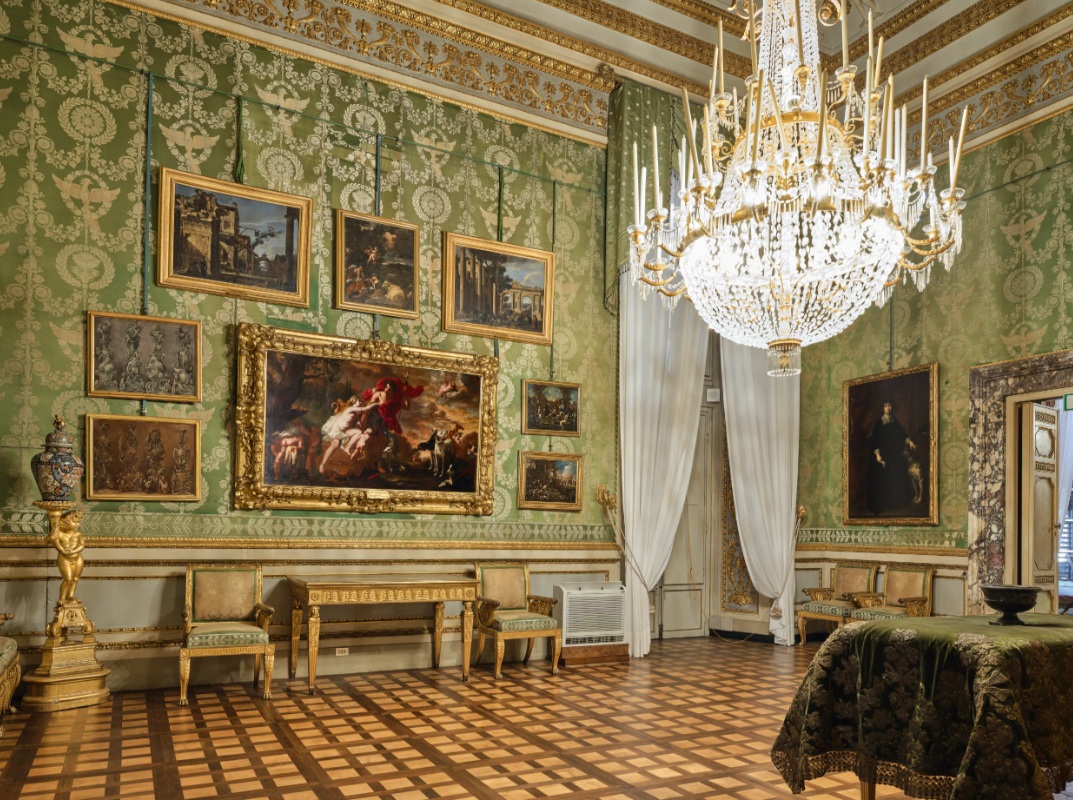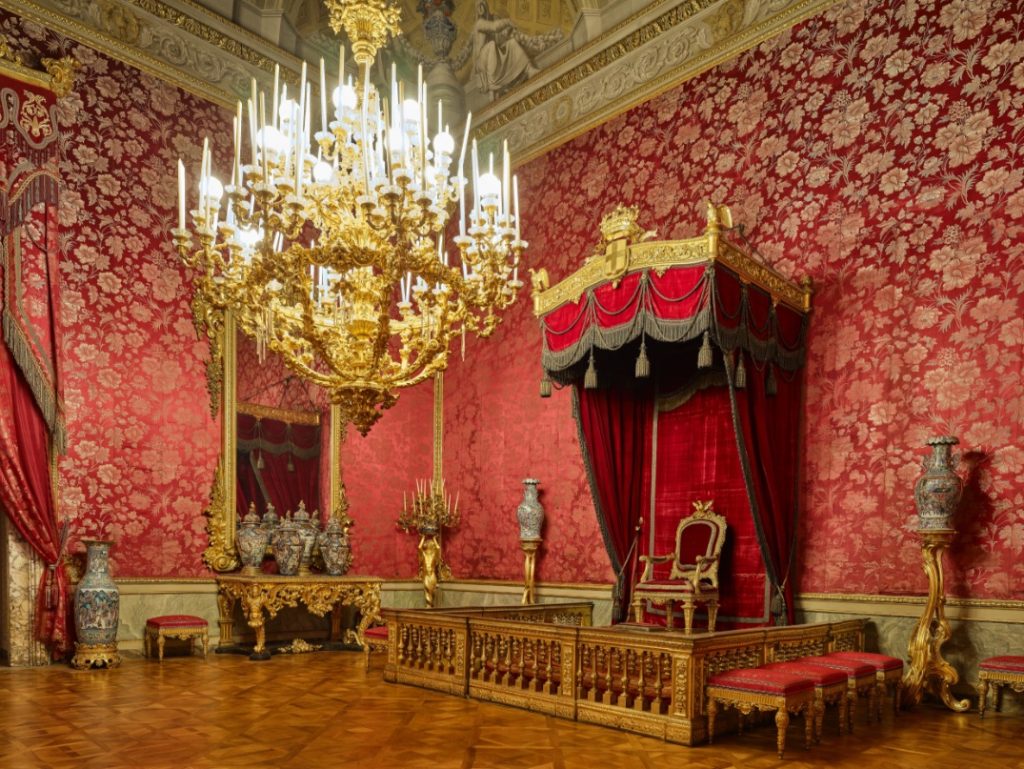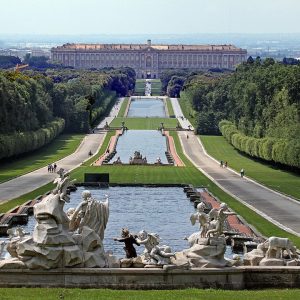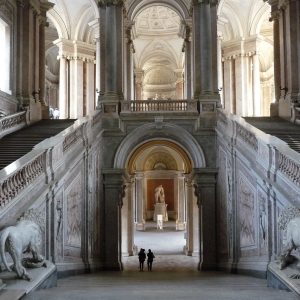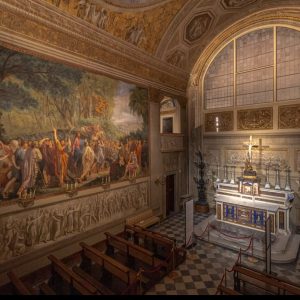Florence welcomes visitors to two of its historic treasures, offering them a renewed glimpse into the city’s rich past. The Royal Apartments at Palazzo Pitti are once again accessible after an extensive five-year closure and meticulous restoration, while the historic garden of Villa La Quiete will open to the public for the first time in May 2025.
The Royal Apartments of Palazzo Pitti
Following five years of closure and nine months of painstaking restoration, the opulent Royal Apartments at Palazzo Pitti have reopened. This magnificent suite of 14 rooms, located on the first floor of the palace, was home to rulers from three major dynasties over three centuries: the Medici, the Habsburg-Lorraine, and the House of Savoy.
Among the earliest residents was Grand Prince Ferdinando de’ Medici in the late 17th century. The Grand Dukes of Lorraine later renovated the apartments in the late 18th and early 19th centuries, while King Vittorio Emanuele III of Savoy was the last royal occupant before ceding the palace to the Italian state in 1919.
A Meticulous Restoration
The restoration was an ambitious project undertaken by a multidisciplinary team. Work included the removal of carpets and moquettes to reveal impeccably preserved parquet floors, as well as extensive conservation efforts on frescoes, stuccoes, silk wall coverings, paintings, furniture, and draperies. The apartments now display a carefully curated blend of styles from their various historical inhabitants.
Simone Verde, Director of the Uffizi Galleries, hailed the reopening as a major cultural milestone. “This extraordinary restoration brings back to life one of Italy’s most historically significant places, preserving a layered yet intact representation of different styles and lived experiences over the centuries.”
Highlights of the Royal Apartments
Each room of the Royal Apartments tells a unique story.
- The Green Room – Once the Guard Room of Grand Prince Ferdinando’s suite, it features a ceiling fresco by Luca Giordano and silk wall coverings added by the Habsburg-Lorraine dynasty.
- The Throne Room – Originally used for audiences by Grand Prince Ferdinando, it was later transformed into a Throne Room by the Savoy.
- The Celeste Salon – A former musical instrument room repurposed as a dining space, featuring white and gold stucco and a Medici-era chandelier.
- The Chapel – The best-preserved Medici-era space, originally a private chamber converted into a chapel by Grand Duke Pietro Leopoldo.
- The Queen’s Salon – Once the bedroom of Grand Prince Ferdinando, later used by Queen Margherita of Savoy.
- The King’s Bedroom and Study – Featuring an 18th-century French desk once owned by the Duchess of Parma.
The Historic Garden of Villa La Quiete
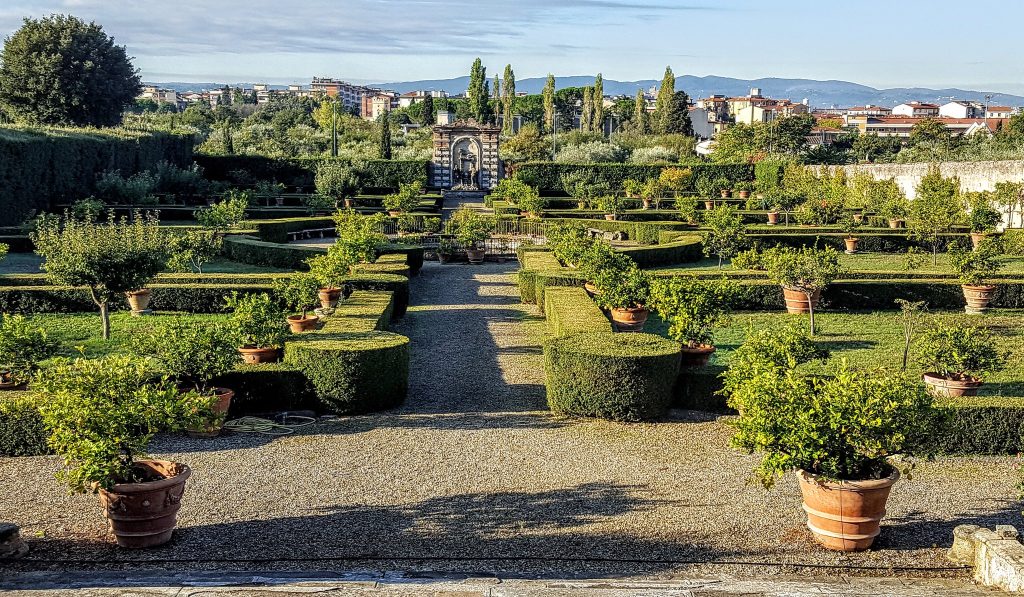
For the first time, the historic garden of Villa La Quiete will open to the public on 16 May 2025. This remarkable 18th-century site has undergone a significant restoration led by the University of Florence, funded through the EU’s NextGenerationEU program (PNRR).
The announcement was made by Alessandra Petrucci, Rector of the University of Florence, during an event marking the 250th anniversary of the university’s Museum of Natural History.
A Legacy of Medici Grand Duchesses
Villa La Quiete was a retreat for Medici grand duchesses, including Cristina of Lorraine, Vittoria della Rovere, and Anna Maria Luisa de’ Medici, the Electress Palatine. It later became home to the Montalve, a secular congregation dedicated to the education of noble Florentine girls.
Commissioned by Anna Maria Luisa de’ Medici between 1724 and 1727, the garden was originally designed as a tranquil space for the villa’s female residents. The recent restoration efforts focused on both architectural and botanical renewal, reviving the original collection of flowering plants and restoring the Ragnaia, a rare 18th-century vegetative structure once used for bird trapping.
For guided tours, contact FloEasy.

